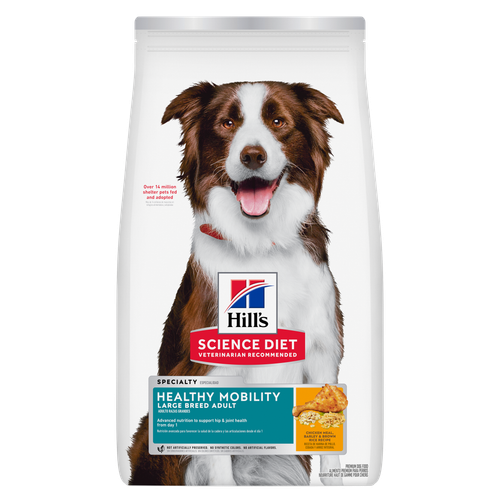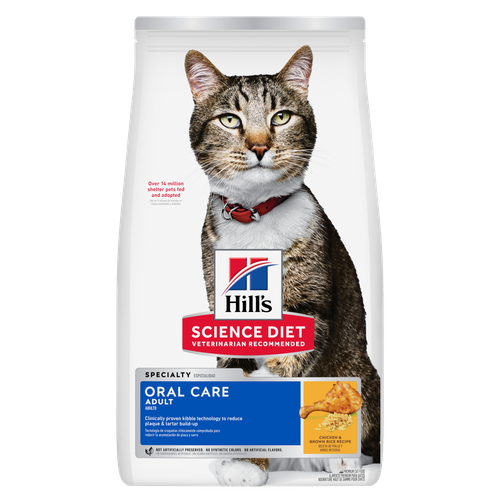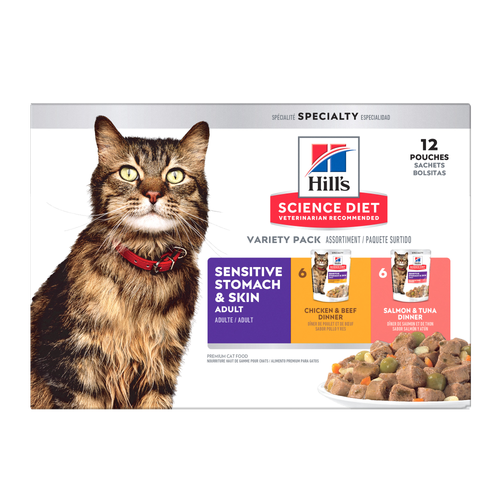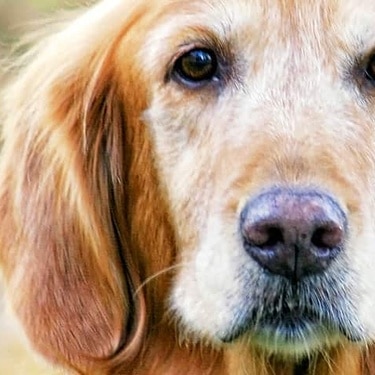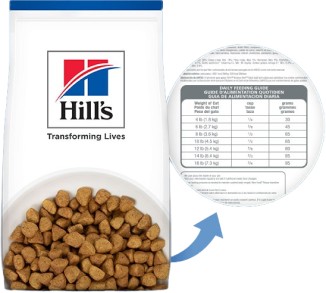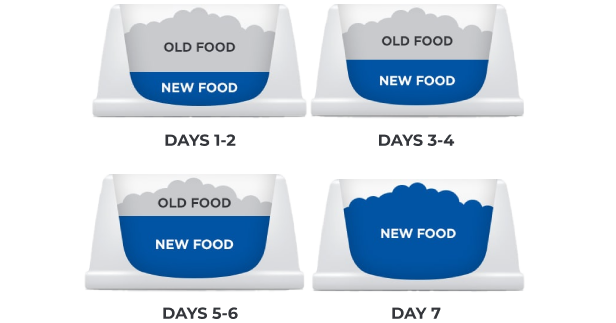Formulated for long,
healthy lives
Formulated for long,
healthy lives


HILL'S SCIENCE DIET
INTRODUCING ACTIVBIOME+ MULTI-BENEFIT
A special blend of antioxidants to help support immune system health and gut-nourishing prebiotic fibres.
Available for adult and senior lifestage dry foods
What is the microbiome?
The microbiome is an ecosystem, located in the pet’s digestive tract, containing billions of microbes and other microorganisms — including both desirable and undesirable bacteria unique to each pet.
Each pet has their own unique gut microbiome!
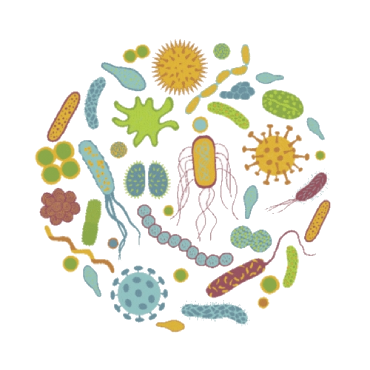

What is the microbiome?
The microbiome is an ecosystem, located in the pet’s digestive tract, containing billions of microbes and other microorganisms — including both desirable and undesirable bacteria unique to each pet.
Each pet has their own unique gut microbiome!


Science-backed nutrition
Hill's is committed to nutritional excellence, and upgraded Science Diet foods with ActivBiome+ Multi-Benefit includes an AAFCO feeding trail nutritional adequacy statement.
Now every bag of our Science Diet dry food will carry an AAFCO feeding studies claim. This is the ‘gold standard’ for determining nutritional adequacy.
Transitioning your pet to a new food
There will likely be a time when your pet will need to switch to a new food, whether it’s to a therapeutic nutrition, a new formula or they just need a food that better suits their life stage. Pets should gradually transition to new food to avoid stomach upset. Here are some tips for transitioning your pet to a new food.
Transitioning your pet to a new food
There will likely be a time when your pet will need to switch to a new food, whether it’s to a therapeutic nutrition, a new formula or they just need a food that better suits their life stage. Pets should gradually transition to new food to avoid stomach upset. Here are some tips for transitioning your pet to a new food.
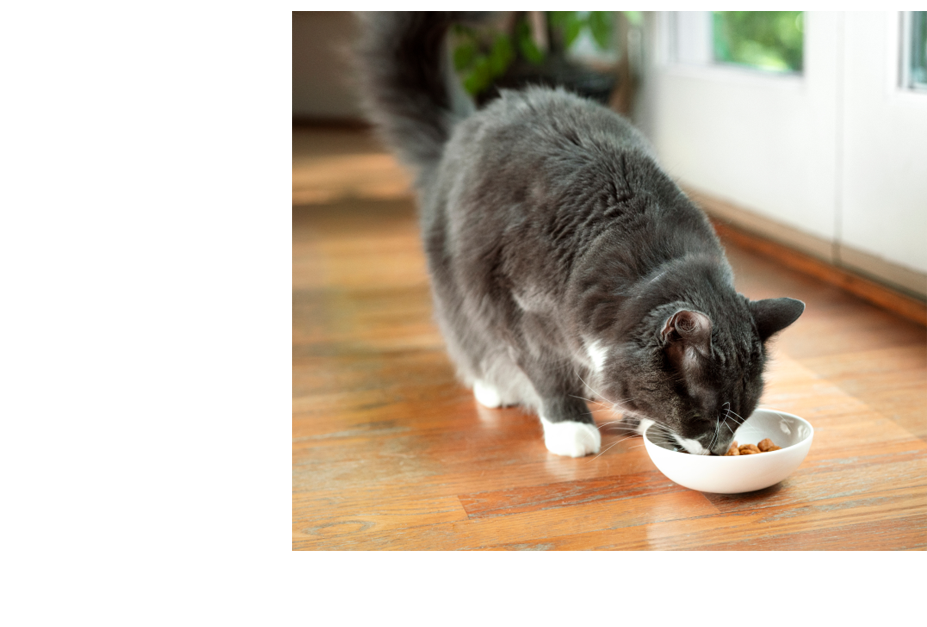
- Softening dry food
- Adding taste enhancers
Combine wet & dry food

Add the following “enhancers” to make your pet’s dry food more appealing





